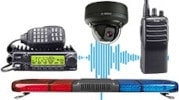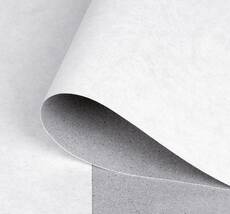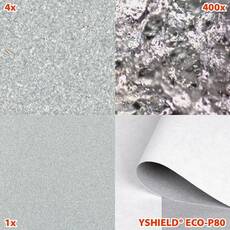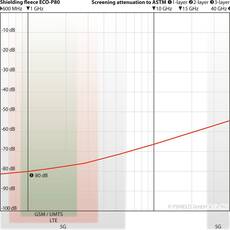- Special Offers
- Transceiver Radio
- Transceiver Accessory
- Antennas
- Antenna Accessory
- Cable
- Connector
- Installation Material
- Installation Tools
- Measuring Equipement
- Body Worn Camera
- Electrosmog
- Telephone
- Baby Monitor
- Fever Thermometer
- Radio Device
- Set-top Boxes
- Personal Protective Equipment
- Motorcycle Helmet Speaker
- Car Equipment
- Voltage Converter
- Dry Cell
- Battery
- Battery Charger
- Emergency Signal
- Amber Signal
- Sound Signal
- Light and Sound Signal Accessory
- Traffic Engineering
- LED Lamp
- Smart Home
- Mosquito Repellent Device
- Market - Other Products
- Discontinued Products
YShield ECO-P80 Ecological Cellulose Fleece Wallpaper
(discontinued)Key features of YShield ECO-P80 Ecological Cellulose Fleece Wallpaper
• Width: 90 cm
• Attenuation: 80 dB / Surface conductivity: 0.02 ohm (square resistance)
• Weight: 260 g/m² / Material thickness: 0.26 mm
• Color: White / Silver
• Tensile strength: 4400 (crosswise) - 6800 (lenghtwise) N/m
• Materials: Zinc, cellulosic pulp, polyester fibers
• The price is for 1 meter long, 90cm wide (0,9m2) material
• For 100 m rolls, please ask for our individual offer
Possible reasons that the product is not available from the manufacturer anymore or we decided to remove it from our product portfolio. We gladly help you to find the best optional product instead of this type, please contact us.
Further details of YShield ECO-P80 Ecological Cellulose Fleece Wallpaper
Properties
ECO-P80 is a one-side metallized cellulosic/polyester fleece for the shielding of high frequency radiation (HF) and low-frequency electric fields (NF). Our best priced standard product for walls, ceilings, and floors.
Ecological coating process
All previous shielding products have been metallized "chemically", a lot of chemicals are needed for those metal coatings. Our new coating process allows to apply the metal on the base material with only green electricity from wind power. Without chemicals or auxiliary materials, the ecological approach is extremely high. The metal coating is not fully applied but spattered onto the material, which makes products from the ECO-series highly vapour diffusible.
TÜV-SÜD tested
Our shielding fleece is tested by the TÜV-SÜD. According to guideline TM-22 (version 08-2020) they are proofed for heavy metals, SVOC and emissions. All limit values of the tested parameters were complied with. Please find the test report above at the downloads.
Application
Only suitable for interior application as an intermediate material on walls and ceilings. Applicable for laying it loosely only if the wallpaper is protected against mechanical damage.
Processing
Underground: The underground needs to be clean, dry and free of water removable layers. Absorbent surfaces must be prepared with our primer GK5. Application method with metallized side showing into the room: The technically best solution, although the result is not as visually appealing. But afterwards, all sheets can easily be connected with grounding tape GSX and can then be grounded.
Furthermore, the best solution with a removable primer – you can then remove the wallpaper without having metallized residues on the wall. Application method with the white side showing into the room: Visually the nicer solution, but the grounding tape can no longer be applied afterwards. If you prefer doing so, you need to apply the grounding tape GSX on the underground.
After gluing, the metal-side should be contacted, we highly recommend tests with different glues. Glue: For heavy wallpapers. Successfully tested from Henkel Methylan: Spezial (Special), Vlies (Fleece), Raufaser (Ingrain wallpaper). Edge on edge or overlapping: To achieve the best shielding result, you should ideally glue the individual strips with an overlapping.
The overlapping can be smoothed out extensively with a fine putty, then sanded. Alternatively, you could also glue edge on edge – as it’s usually done with wallpapers – you’ll have to accept minimal shielding losses for higher frequencies. Attention: Due to the thick metal layer, the fleece has sharp edges after cutting. Work with caution and wear protective gloves!
Grounding
This product with an electrically conductive surface has to be integrated into the functional-equipotential bonding (FEB). Please find suitable grounding accessories under "Grounding".
Shielding attenuation HF & LF
This product shields high frequency electromagnetic fields (HF). Unless otherwise stated, the indicated dB-values apply to 1 GHz. Measurement from 600 MHz to 40 GHz according to standards ASTM D4935-10 or IEEE Std 299-2006.




